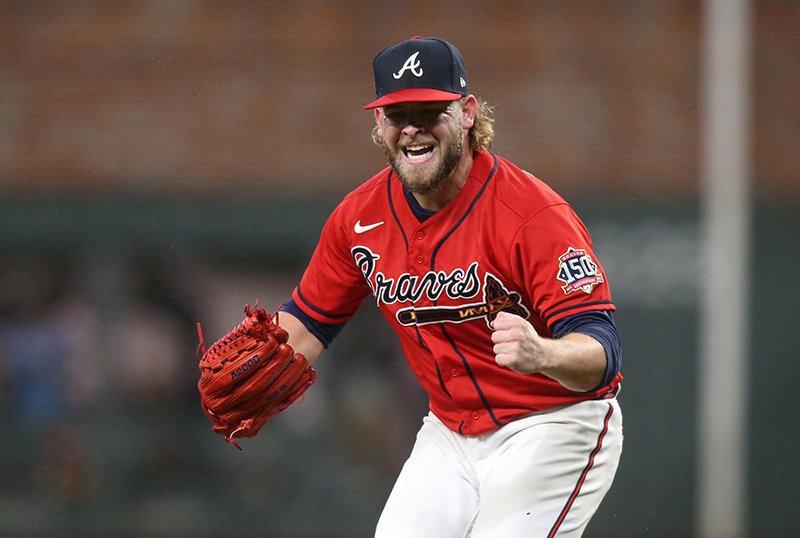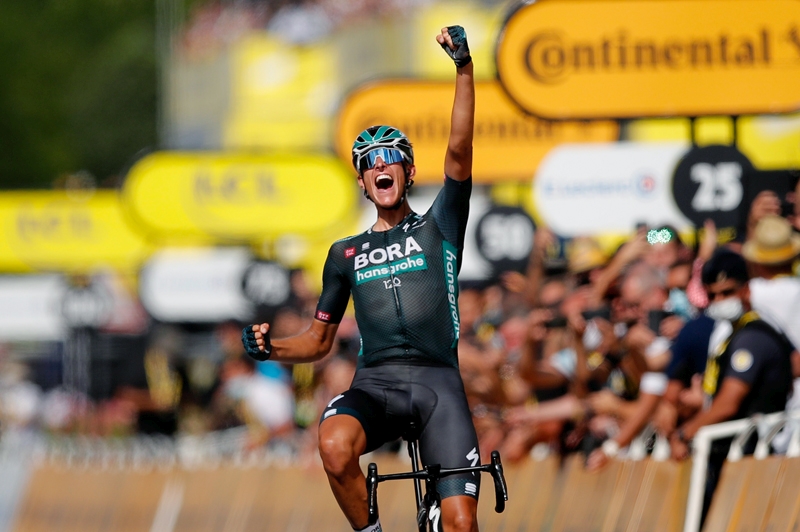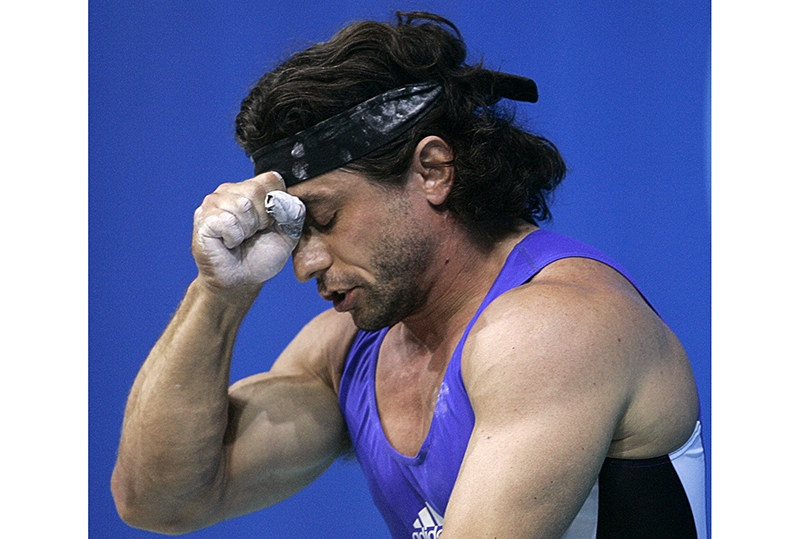The ability to look into the future and the capacity to imagine have both played an important role in the success of the human species. And as Dr Costas Karageorghis explains, these same abilities can be harnessed to improve sports performance.
What are imagery and self-hypnosis?
Mental imagery can be defined as the process that occurs when we recreate experiences in the mind using information that is stored in the memory. Dreaming is an unstructured form of imagery, but the type of imagery we’re interested in here is structured imagery, where the athlete uses his or her imagination in a controlled fashion to recreate specific images. There are a number of different ways of visualising images or experiences recreated in the mind (eg you can visualise yourself feeling movement internally, or externally as a spectator) but research shows that the more able an athlete is to control his or her imagined movements, the greater the potential performance enhancement1.As for hypnosis, there’s nothing mythical about it. Self-hypnosis is nothing to do with going into a deep trance but is simply a method of inducing a state of heightened relaxation and awareness, which when achieved, provides an ideal mental environment in which to practice imagery. Indeed, the effects of imagery can be even more powerful when practised in a state of self-hypnosis (more later).
How imagery works
Research has shown that the mere visualisation of a muscle movement in the mind can create electrical activity in that muscle even though there’s no actual movement in the muscle itself, and also that the pattern of electrical activity closely resembles that seen during actual movement2. There are two implications that follow:• Targeted and controlled imagery can stimulate electrical activation in relevant muscles, and so ‘prime’ those muscles for subsequent physical activity;
• Physical skills can be maintained or even improved by appropriate imagery when practice isn’t possible (eg during injury lay-offs) and indeed, evidence suggests that using imagery can accelerate rehabilitation and recovery after injury.3
As for the best type of imagery to use, evidence suggests it depends on what you’re trying to achieve. Research suggests that for the acquisition or improvement of sports skills, using an external perspective (ie that of spectator) is best for learning or retaining those skills4, whereas for ‘psyching yourself up’ or priming yourself for an event, an internal perspective (ie imagining the feelings in the muscle) produces better results5. Imagery can also be combined with other techniques such as the use of music to enhance performance6 and research shows that combining both mental imagery practice and physical practice is more effective than physical practice alone1. Studies have also been conducted that show mental imagery tasks conducted in a state of self-hypnosis results in far more vivid and realistic imagery than without7.
Practical use of imagery
Skill learning
– replacing a verbal and/or technical explanation of a skill with a simple mental image is often a far superior method of learning or refining that skill. Examples of this include:• Javelin throwing – “whip the arm through”;
• Efficient cycling action – “pedal applying equal effort right around the 360o of the circle”;
• Taking a free throw in basketball – “imagine you’re shooting up out of a telephone box”.
Another useful technique is to think of your sporting hero or heroine and picture yourself as that person in full flow, imagining exactly what sensations and motions you would be experiencing.
Preparation for an event
Imagery is an excellent method of boosting your arousal so that you really feel ‘up’ for training or competition:• Ensure you’re fully relaxed then try and think back to a previous performance when you were really ‘psyched up’ and in full control;
• Step back into your shoes and concentrate on how it felt both physically and mentally, trying to encapsulate that feeling in a single word;
• Practice using that word repeatedly in training in order to evoke arousal for an event.
As part of the above, it helps if, when you have a particularly good training session or event, to try and immediately write down the associated feelings and sensations that accompanied it, such as what you heard, felt, smelt and the thoughts in your head. You can then draw on these for future ‘psyche-ups’!
What if scenarios
A forward planning strategy that you or the team can use to deal with things that might possibly go wrong during an event can be an effective advanced strategy for dealing with unexpected problems in the heat of competition. Commonly cited ‘what ifs’ include:• What if I’m delayed en route to the event?
• What if our best player is injured?
• What if my race tactic is not going to plan?
It’s a good idea to involve all parties in this strategy (athletes, coaches, physios etc.)
Practical use of self-hypnosis
Apart from being extremely relaxing and enjoyable in its own right, self-hypnosis can enhance the efficacy of the imagery techniques outlined above. If you don’t have a relaxation script to use, there are a number freely available online; it’s a good idea to print off a script then either have someone read it out to you, or to make an audiocassette/MP3 recording so you can play it back to yourself. The heightened state of awareness that self-hypnosis produces will enable you to experience a more vivid mental rehearsal, and so benefit from more effective ‘muscular reprogramming’, whatever your sport. Remember, if you can imagine it, you can achieve it!References
1. Advances in Sport Psychology (2nd ed), Champaign IL: Human Kinetics, 2002:405-439
2. Motor Control and Learning, Champaign, IL: Human Kinetics, 1999
3. Rehabilitation Psych;46:28-43
4. Brit J Psych;86: 169-180
5. Percept Mot Skills 1984;59:899-906
6. Proceedings of the 2001 World Congress on Sport Psychology, Skiathos, Greece 2001;4:37-39
7. Sport Hypnosis, Champaign, IL: Human Kinetics, 2000
Original article by Dr Costas Karageorghis; summary by Andrew Hamilton BSc Hons MRSC ACSM









